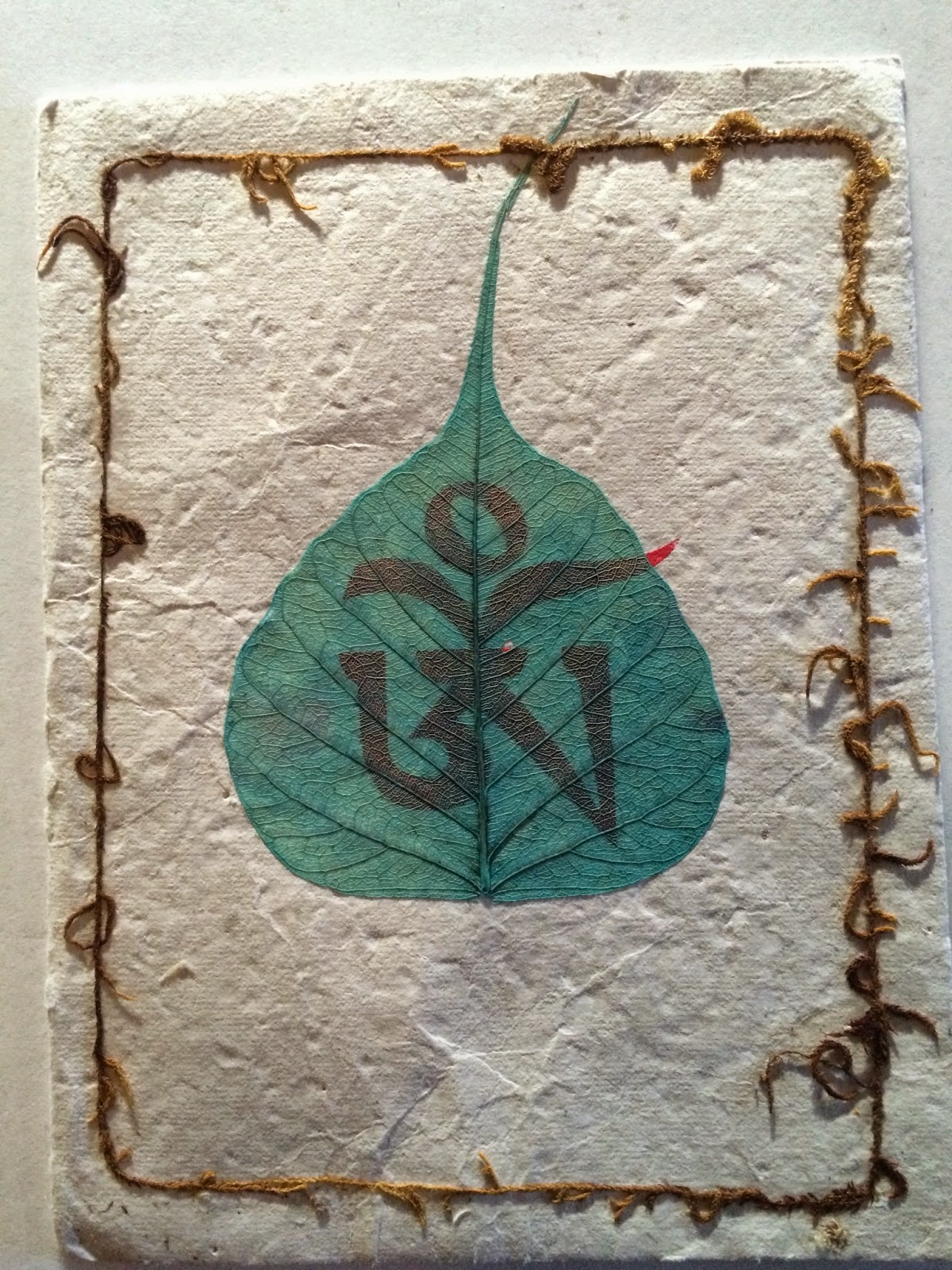 |
| Storm Approaching Coastal California |
1 Bless the Lord,
O my soul.
O Lord my God, you are very great.
You are clothed with honor and majesty,
2 wrapped in light as with a garment.
You stretch out the heavens like a tent,
3 you set the beams of your[a] chambers on the waters,
you make the clouds your[b] chariot,
you ride on the wings of the wind,
4 you make the winds your[c] messengers,
fire and flame your[d] ministers.
O Lord my God, you are very great.
You are clothed with honor and majesty,
2 wrapped in light as with a garment.
You stretch out the heavens like a tent,
3 you set the beams of your[a] chambers on the waters,
you make the clouds your[b] chariot,
you ride on the wings of the wind,
4 you make the winds your[c] messengers,
fire and flame your[d] ministers.
5 You set the earth on its foundations,
so that it shall never be shaken.
6 You cover it with the deep as with a garment;
the waters stood above the mountains.
7 At your rebuke they flee;
at the sound of your thunder they take to flight.
8 They rose up to the mountains, ran down to the valleys
to the place that you appointed for them.
9 You set a boundary that they may not pass,
so that they might not again cover the earth.
so that it shall never be shaken.
6 You cover it with the deep as with a garment;
the waters stood above the mountains.
7 At your rebuke they flee;
at the sound of your thunder they take to flight.
8 They rose up to the mountains, ran down to the valleys
to the place that you appointed for them.
9 You set a boundary that they may not pass,
so that they might not again cover the earth.
10 You make springs gush forth in the valleys;
they flow between the hills,
11 giving drink to every wild animal;
the wild asses quench their thirst.
12 By the streams[e] the birds of the air have their habitation;
they sing among the branches.
13 From your lofty abode you water the mountains;
the earth is satisfied with the fruit of your work. (NRSV)
they flow between the hills,
11 giving drink to every wild animal;
the wild asses quench their thirst.
12 By the streams[e] the birds of the air have their habitation;
they sing among the branches.
13 From your lofty abode you water the mountains;
the earth is satisfied with the fruit of your work. (NRSV)
All glory to Pacific storms; all glory to renewing abundant life!




























